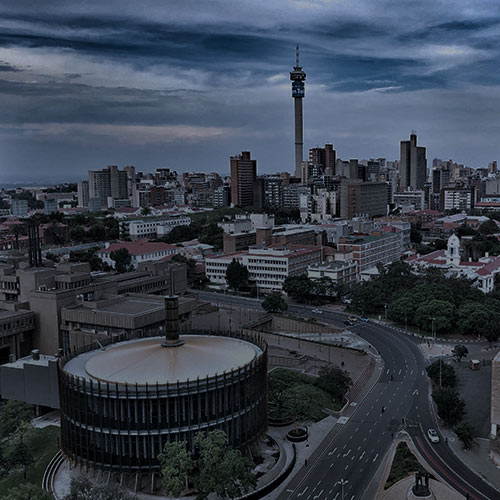The South African (SA) stock market followed a similar path to global markets in August – benefitting from strong investor sentiment to rally 5% into mid-month before a series of hawkish statements from US Federal Reserve (Fed) members soured global investor sentiment and the JSE fell alongside global markets into month-end. This left the SA stock market down for August (FTSE/JSE Capped SWIX -1.3% MoM).
Massmart was August’s star performer (+57% MoM) off the back of an announcement that Walmart is looking to buy up the remaining shares it does not already own, while food retailers Spar and Pick n Pay ended the month with double-digit share price gains. Coal exporter, Thungela (+13% MoM), was another double-digit performer in August, leaving it up 306% YTD. Still, most of the other miners struggled, particularly the gold (-9% MoM) and platinum (-3.5% MoM) miners, as the prospect of weaker global economic activity weighed on metal prices.
Bidcorp (+6% MoM) delivered strong results despite headwinds related to supply-chain disruptions, labour shortages and input cost inflation. Investment companies Naspers and Prosus held up relatively well (+3% and -1.3% MoM, respectively) though they underperformed their core investment, Chinese conglomerate Tencent (+10% MoM in rand terms).
Stats SA released some key economic data during the month, with July inflation (+7.8% YoY) printing slightly above the June level (+7.4% YoY) but in line with expectations, while 2Q22 unemployment data (+33.9%) came in lower than expected and below the 1Q22 print (34.5%), albeit still unacceptably high. Core inflation came in slightly ahead of expectations (+4.6% YoY) but still comfortably within the South African Reserve Bank’s target range of 3% to 6% and only marginally up from June (+4.5% YoY).
South African 10-year government bond yields ended the month marginally higher (10.9%), having come into the month already elevated (10.8%), with the local bond sell-off significantly less severe than the 0.6% spike in US 10-year government yields. The local currency struggled against a strong US dollar ending the month 2.9% weaker, featuring amongst the worst-performing currencies in August.




